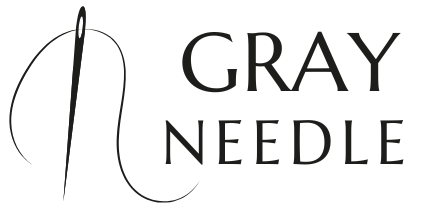Are you ready to take your sewing skills to the next level? Understanding the top sewing tips for perfect stitches is essential for anyone looking to enhance their craftsmanship. Whether you are a beginner just starting out or a seasoned pro seeking to refine your technique, these tips will help you achieve consistency and precision in every project.
Many factors influence the quality of your stitches, from the type of fabric you choose to the settings on your sewing machine. Knowing how to adjust these elements effectively can make a world of difference. For instance, using the right needle for your fabric type can drastically improve the appearance of your stitches. Additionally, mastering the tension settings on your machine ensures that your threads lay evenly, avoiding puckering or loose stitches.
Another critical aspect is the importance of practice and patience. Sewing is both an art and a science—approaching it with a willingness to learn and experiment will yield the best results. Engaging with a community of fellow sewing enthusiasts can also provide valuable insights and inspiration.
Visit our website to learn more and get started today! Click here.
Understanding Your Sewing Machine for Optimal Performance
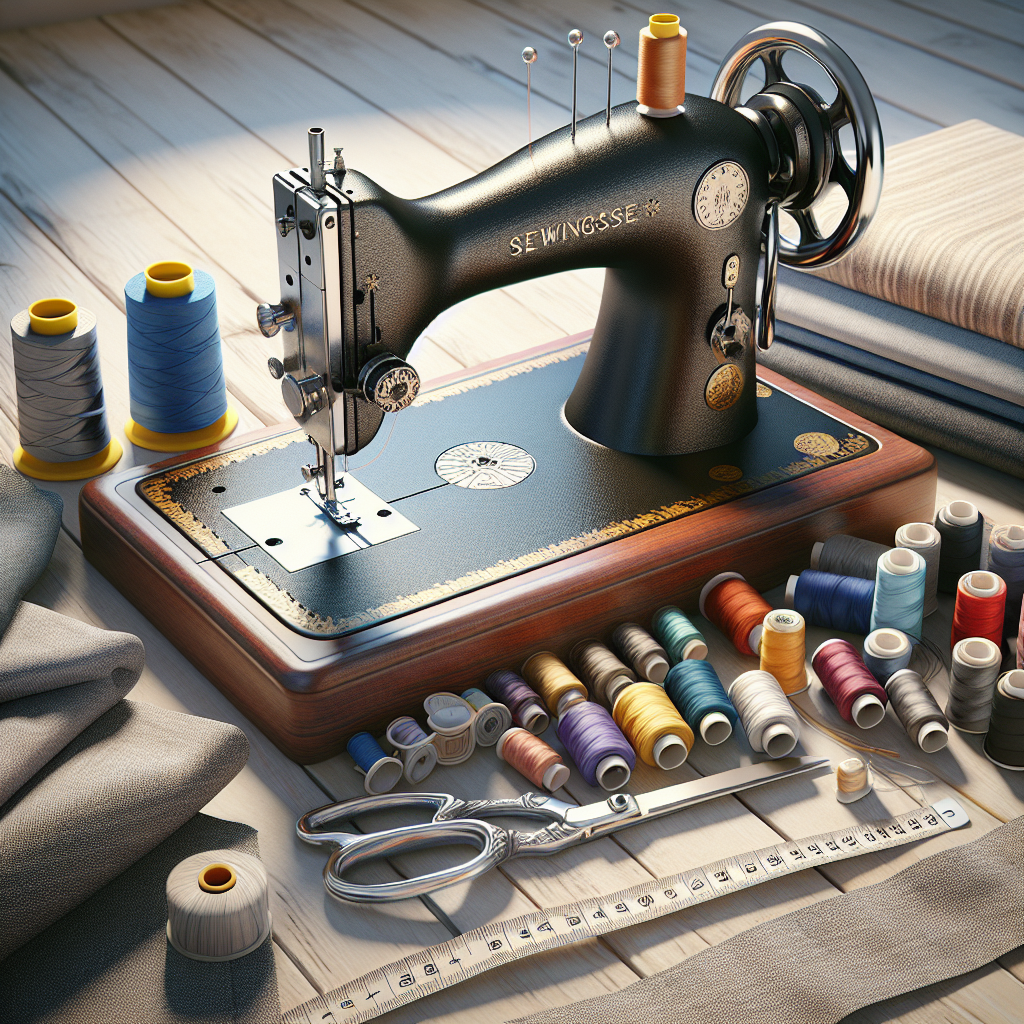
Your sewing machine is the heart of your sewing projects, and understanding its components is crucial for achieving perfect stitches. Familiarizing yourself with your machine’s functions will allow you to make the most of its capabilities and troubleshoot issues as they arise.
Start by reviewing the user manual, which provides essential information on how to operate your specific model. Key components to focus on include:
- Needle: Ensure you are using the correct needle for your fabric type. Different needles cater to various fabrics, such as universal, ballpoint, or denim.
- Thread Tension: Adjusting the tension settings can help you achieve balanced stitches. Experiment with these settings to find the sweet spot for different fabrics.
- Stitch Length and Width: Customize your stitch length and width to suit your project. For example, shorter stitches are ideal for intricate work, while longer stitches work well for basting.
- Feed Dogs: These are responsible for moving your fabric through the machine. Understanding their function and how to engage or disengage them is vital for different sewing techniques.
Regular maintenance is also essential. Cleaning your machine and oiling it as recommended can prevent issues and keep it running smoothly, ensuring optimal performance.
Choosing the Right Thread and Needle Combination
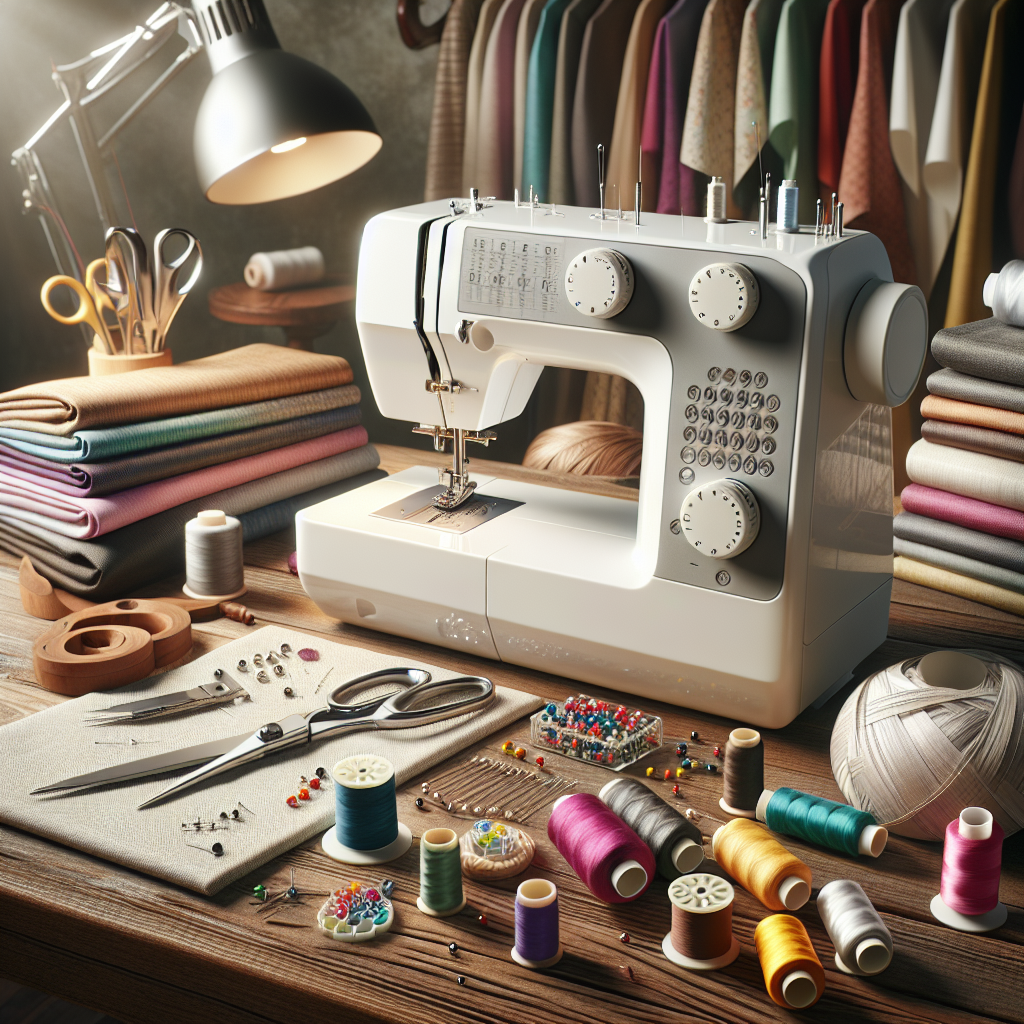
Choosing the right thread and needle combination is essential for achieving perfect stitches in your sewing projects. The wrong pairing can lead to frustrating results such as skipped stitches, breakage, or uneven seams. Here are some crucial tips to guide you in making the best choices:
1. Understand Thread Types: Threads come in various materials, including cotton, polyester, and silk. Each type has its own strengths:
- Cotton: Great for quilting and natural fabrics but may not be as strong for high-stress seams.
- Polyester: A versatile option that offers durability and stretch, making it suitable for most fabric types.
- Silk: Ideal for delicate fabrics, providing a luxurious finish but may require special handling.
2. Select the Right Needle: Just as important as the thread, the needle must match the fabric type:
- Universal Needles: Suitable for most woven and knit fabrics.
- Ballpoint Needles: Perfect for knits as they slide between fibers without causing damage.
- Sharps Needles: Best for fine or delicate fabrics, allowing for precision stitching.
3. Match Thread Weight with Needle Size: The weight of the thread should correspond to the size of the needle. For instance, a heavier thread (like a 30-weight) pairs well with a larger needle (like a size 90/14), while a lighter thread (like a 50-weight) should be used with a smaller needle (like a size 70/10).
By taking the time to select the right thread and needle combination, you can ensure smoother sewing and enhance the overall quality of your projects.
Mastering Tension Settings for Consistent Stitches
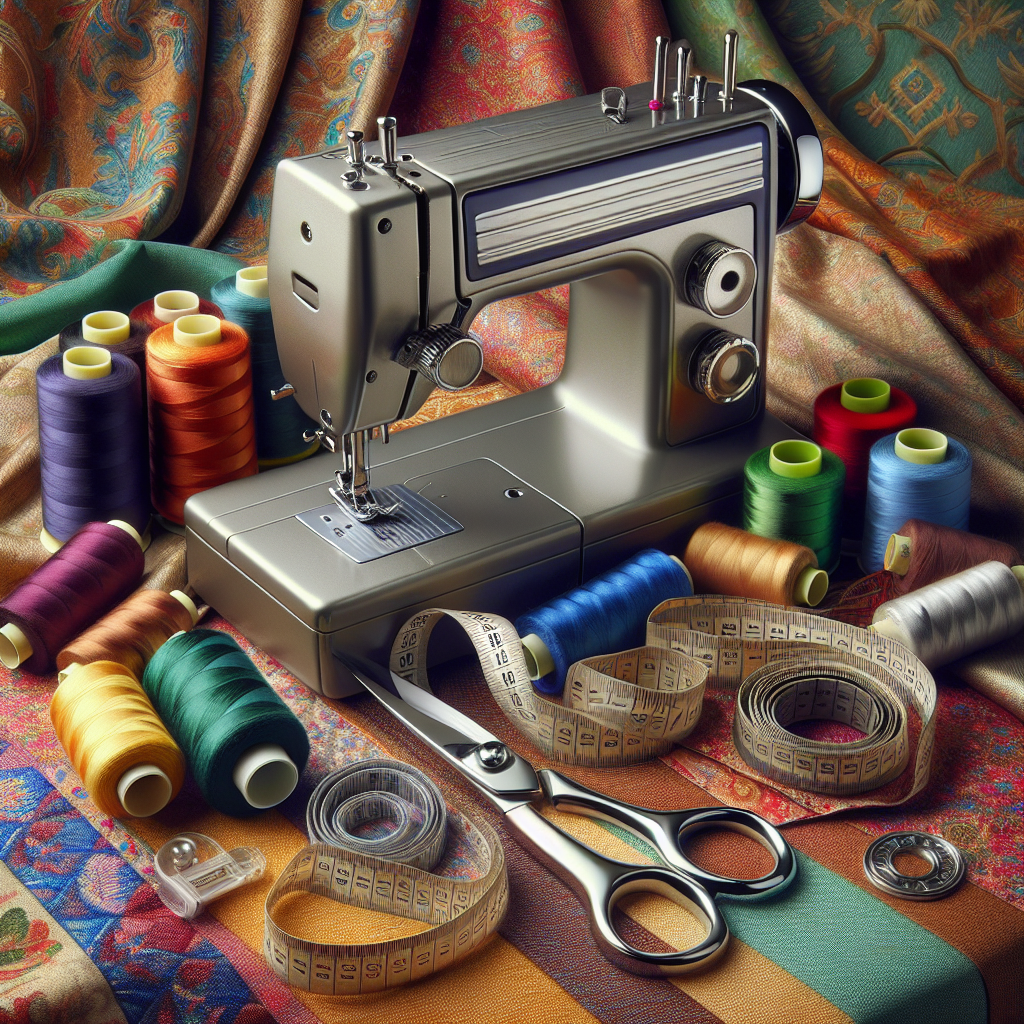
Mastering tension settings is vital for creating consistent stitches that enhance the appearance and durability of your sewing projects. Proper tension ensures that both the upper and lower threads interlock correctly, which prevents issues like puckering or thread breakage. Here are some strategies to help you achieve the perfect tension:
1. Understand Tension Mechanics: The sewing machine’s tension system controls how tightly the thread is pulled through the machine. Each fabric type and thickness may require a different tension setting. Familiarizing yourself with how your machine’s tension works is the first step in mastering it.
2. Begin with the Right Settings: Most machines have a default tension setting, often between 3 and 5. Start with this setting and adjust based on your fabric. Heavier fabrics generally require a higher tension, while lighter fabrics may need a lower tension for optimal results.
3. Test on Scrap Fabric: Always test your tension settings on a scrap piece of the same fabric before starting your project. This practice allows you to make adjustments without risking your main fabric. Look for a balanced stitch, where both threads are evenly visible and properly locked together.
4. Adjust for Different Threads: Different thread types and weights can affect how tension is applied. For example, using a thicker thread may require you to increase the tension, while a thinner thread might need a decrease. Keep this in mind as you switch between various threads.
By taking the time to fine-tune your tension settings and understanding their impact on your sewing, you can achieve beautifully consistent stitches that elevate your sewing projects to a professional level.
Essential Techniques for Achieving Even Stitches
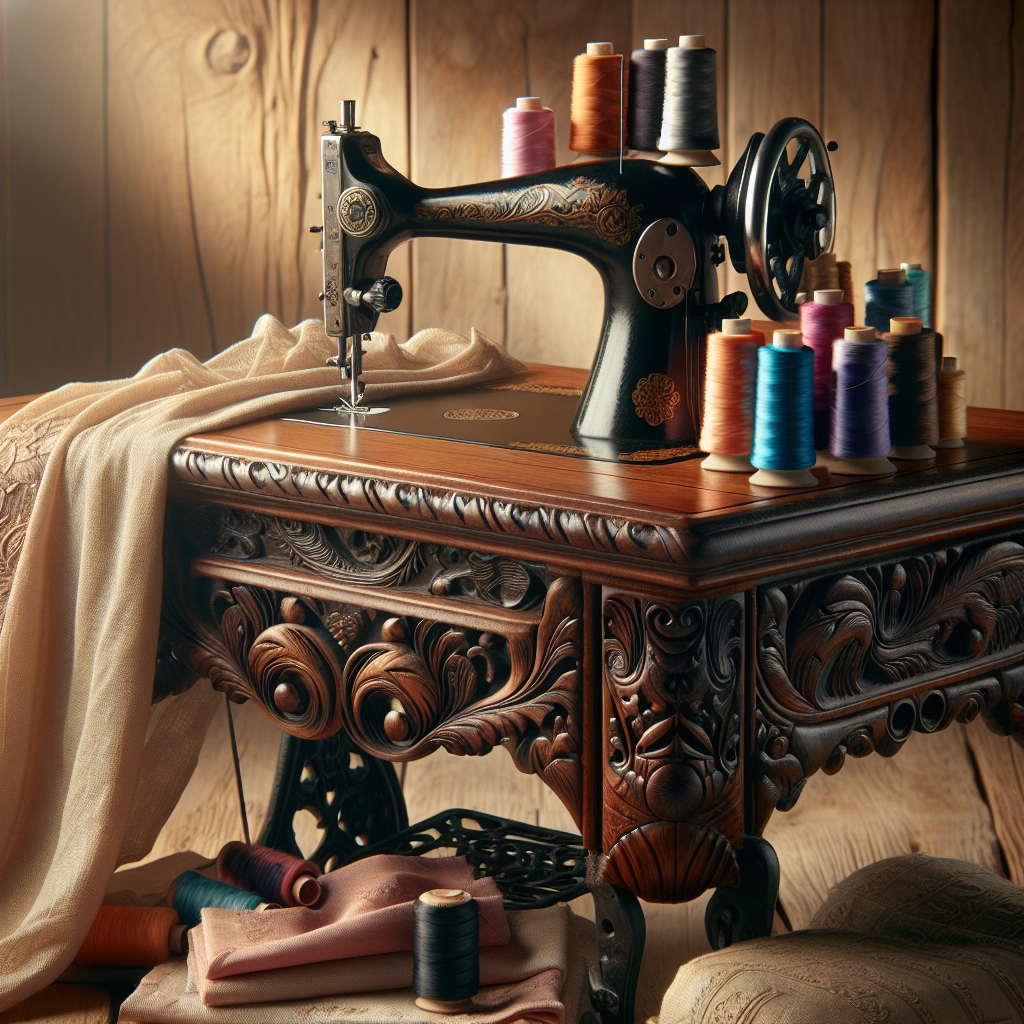
Achieving even stitches is crucial for creating polished and professional-looking sewing projects. Several essential techniques can help you master this skill, ensuring that every stitch is uniform and aesthetically pleasing. Here are some key techniques to incorporate into your sewing practice:
1. Maintain a Steady Speed: One of the most critical factors in achieving even stitches is sewing at a consistent speed. Rapid changes in speed can lead to uneven stitch lengths. Practice controlling your foot pedal to maintain a steady pace as you sew.
2. Use Proper Fabric Handling: The way you handle your fabric can significantly affect your stitch quality. Avoid pulling or pushing the fabric through the machine; instead, guide it gently without applying too much tension. This will help maintain an even feed and prevent puckering.
3. Select the Right Needle: The choice of needle has a substantial impact on stitch quality. Make sure to select the appropriate needle size and type for your fabric. A needle that is too large can create larger holes, while one that is too small may struggle to penetrate the fabric, leading to uneven stitches.
4. Check Your Thread Tension: As previously discussed, proper tension settings are vital for even stitches. Regularly check and adjust your thread tension as necessary to ensure that both the upper and lower threads are working together harmoniously.
5. Practice on Different Fabrics: Each fabric type behaves differently under the sewing machine. Spend time practicing on various materials to understand how they react and how to adjust your techniques accordingly. This experience will help you develop a feel for achieving consistent stitches across different projects.
By incorporating these essential techniques into your sewing routine, you will be well on your way to producing even, high-quality stitches, enhancing the overall look of your creations.
Troubleshooting Common Stitching Problems
Even the most experienced sewists can encounter issues while working on their projects. Understanding how to troubleshoot common stitching problems will help you address these issues quickly and get back to creating. Here are some frequent problems and their solutions:
1. Uneven Stitches: If you notice that your stitches are inconsistent in length, check your machine’s tension settings. Make sure you are using the right needle for your fabric type. Additionally, practice maintaining a steady speed while sewing.
2. Thread Bunching or Knotting: If your thread is bunching up underneath your fabric, it may be a sign of incorrect tension or a threading issue. Re-thread your machine, ensuring the thread is properly seated in the tension discs, and check for any obstructions in the needle plate.
3. Fabric Puckering: Puckering can occur when there’s too much tension on the thread or if the fabric is being pulled unevenly. To resolve this, adjust the tension settings and handle your fabric gently as you sew. Using a walking foot can also help prevent puckering with thicker fabrics.
4. Skipped Stitches: Skipped stitches can happen if your needle is damaged or if you’re using the wrong type of needle for your fabric. Check the needle for any signs of wear and replace it if necessary. Ensure you have the correct needle type for your project, such as a ballpoint needle for knits.
5. Broken Threads: If your thread keeps breaking, make sure you’re using quality thread and that your machine is properly threaded. Check for any burrs on your needle or feed dogs that could be catching the thread. If necessary, try a different needle size or type.
Encountering problems while sewing can be frustrating, but with patience and practice, you can troubleshoot these common issues effectively. Visit our website to learn more and get started today! Click here.
